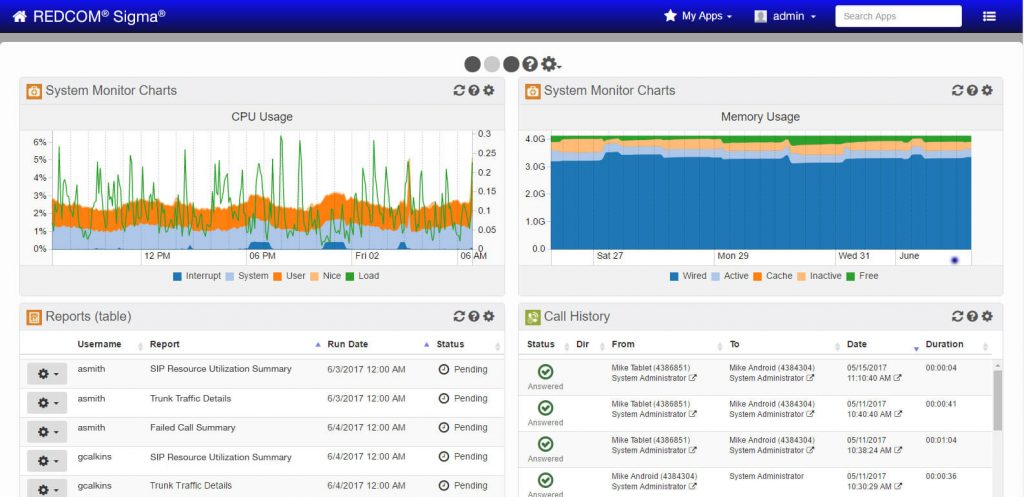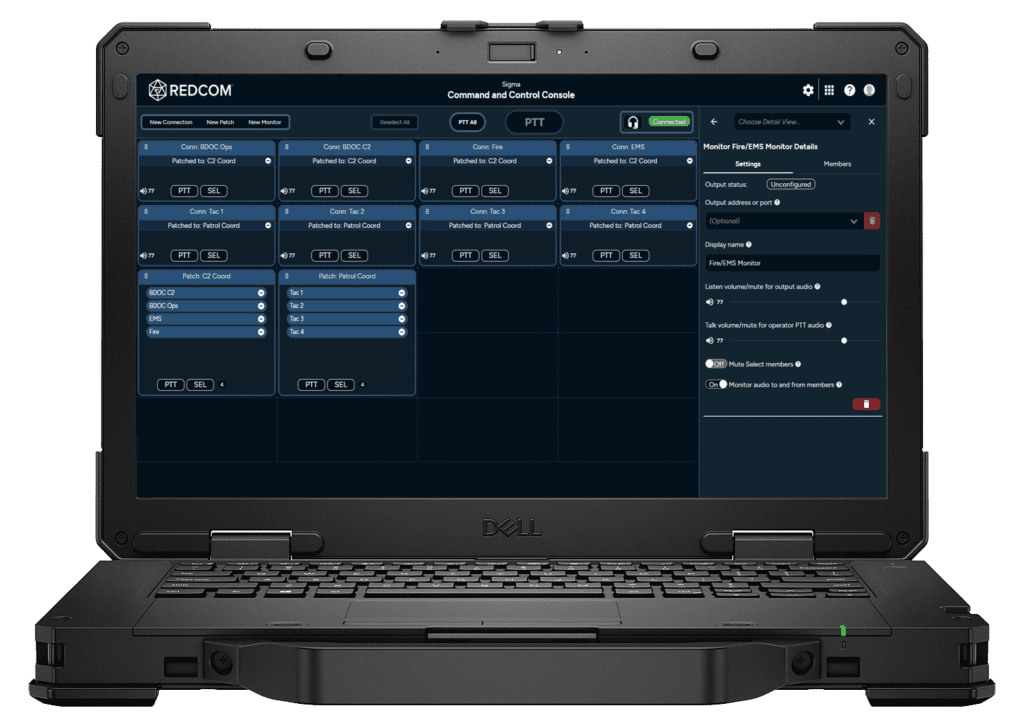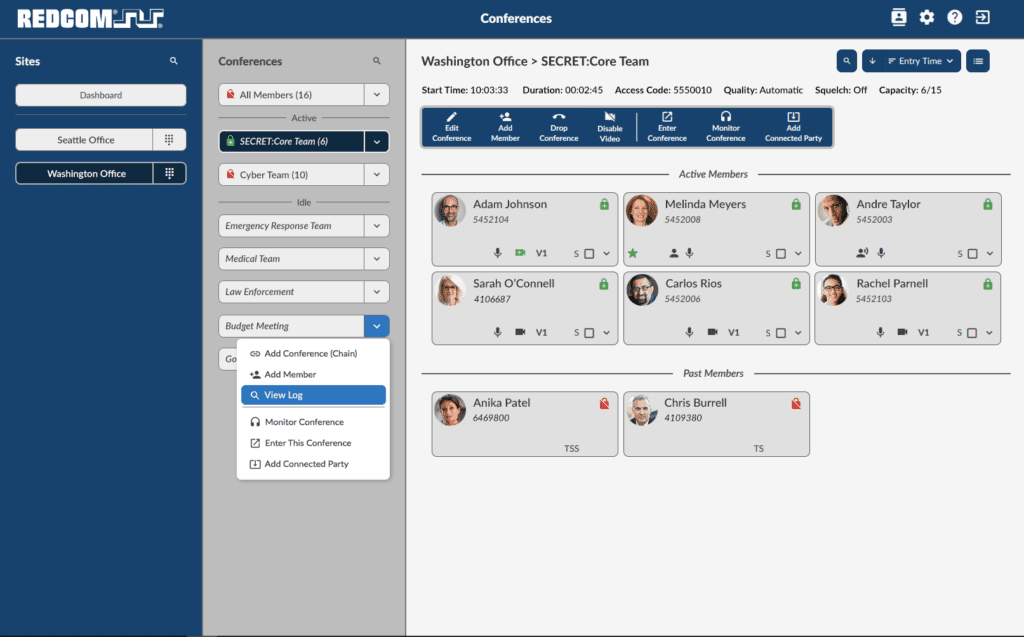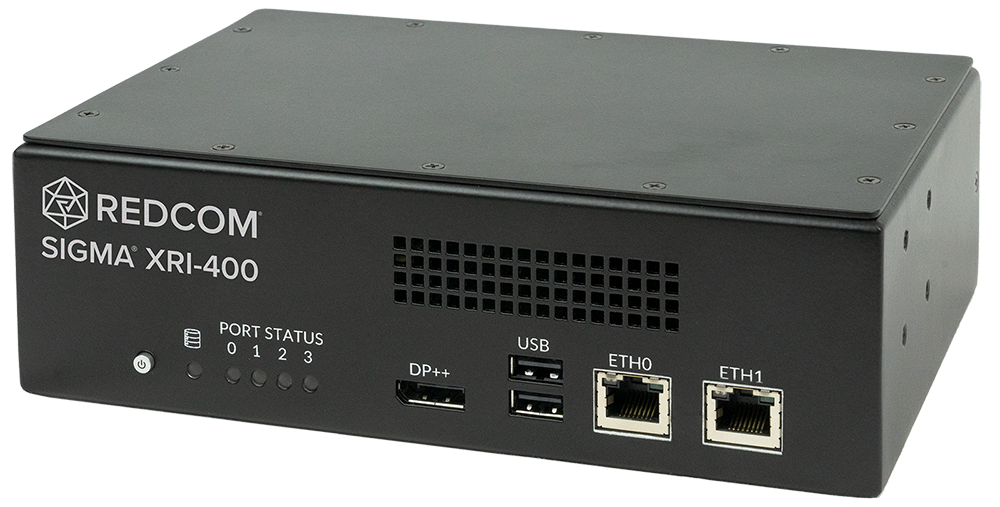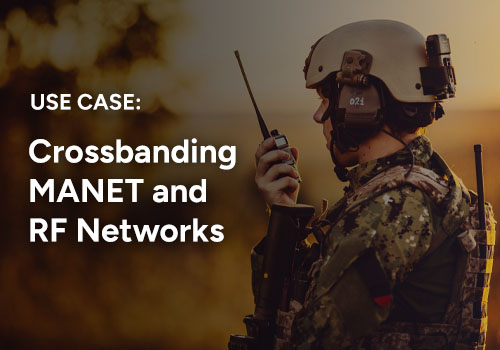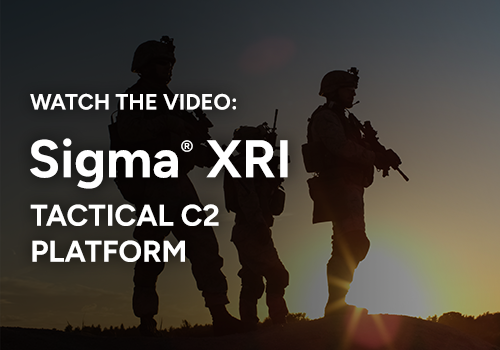Command and Control for Emergency Services
Bring order to the chaos: command, control, coordinate.
As the complexity of an emergency or incident increases, so do the communication challenges. REDCOM solutions address the challenges of interoperability, security, and mobility at the command and operational levels, enabling first responders and emergency coordinators to communicate without hurdles.
Home / Command and Control for Public Safety
Command and control for every domain
Even in today’s tech-heavy environment, communications across emergency services remain a challenge. REDCOM solves the interoperability challenges in these dynamic, chaotic environments, delivering streamlined communications across multiple organizations, such as:
- Police
- Firefighters
- Emergency Medical Services
- Municipal Emergency Communications Departments
- Local Government Emergency Management Agencies
- Public Utilities
- Hospitals
- School Districts
With a reputation for product reliability in chaotic military environments, REDCOM applied this knowledge to the new demands of the public safety and emergency services communications. From first responders in crisis situations to administrators trying to manage resources, REDCOM has the solution to improve operational capabilities.
Critical public safety communication challenges
Communication is the key to success in a crisis. The incident command center depends on the ability to coordinate and control resources to quickly resolve a public safety crisis. Public safety and emergency response typically involve multiple response teams — often separated by different communications platforms, devices, and technology.
Radio communications, cellular and landline calls, text messages, digital video, face-to-face exchanges, second-and third-hand information. These are all components of the data flooding a command center in a crisis event. It must be rapidly compiled, shared, analyzed, and understood to become actionable intelligence.

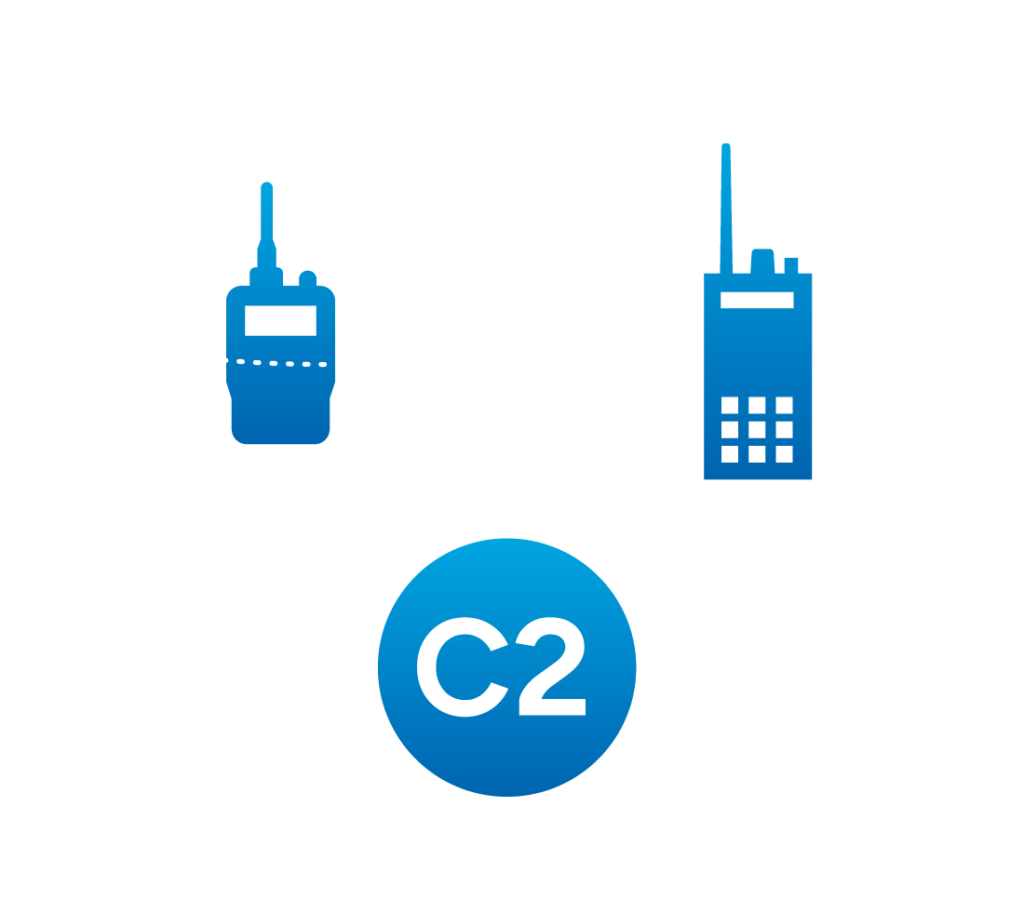
Bridging the communications gap in emergency services
REDCOM solves communication challenges by bridging technology and device barriers and delivering interoperable communication solutions for faster resolution in crisis situations. In addition, public safety agencies are leveraging technology and expanding networks to include outside agencies in critical response. Examples include national response services and non-government organizations (NGO’s). This extreme level of interoperability needed requires our experience, which is based on more than 40 years of research and development.
- PRODUCT BRIEFS
- RELATED PAGES
